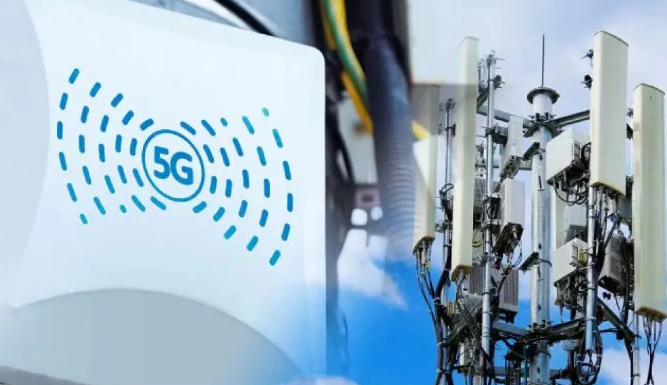In addition to delivering multi-gigabit mobile broadband speeds, the ultra-low latency and high capacity of 5G technology will support several disruptive technologies, including autonomous driving and smart cities. By 2027, 48% of the world's mobile subscriptions are expected to use 5G.

In order to support the rapidly growing demand for 5G services and provide high-quality services to large 5G user groups over long distances, next-generation 5G base stations require a large number of MIMO (Multiple-Input Multiple-Output, which refers to the use of multiple antennas to transmit and receive signals in the field of wireless communications). Technology) Antenna Array for Active Antenna Single (Multiple Input Multiple Output, refers to the technology of using multiple antennas to send and receive signals in the field of wireless communications) Antenna Array for Active Antenna Unit (AAU) design, each large MIM0 antenna needs Install 64~192 receiving and transmitting antenna elements. This means that manufacturers need to reduce the weight and size of AAUs and antenna elements to ensure antenna tower performance and safety, which is especially important in extreme weather. High-performance thermoplastics can replace metal materials and support the weight and size of the vibrator to ensure antenna tower
performance and safety, which is especially important in extreme weather. High-performance thermoplastics can replace metal materials and support greater design flexibility, This is the key to achieving this goal.
To meet tight base station deployment schedules, antenna equipment manufacturers also need to eliminate time-consuming processes such as manually mounting electronic components onto printed circuit boards (PCBs). Therefore, replacing thermoplastics requires the use of a surface mount technology (SMT) process with reflow soldering.
Recognizing the value of polyphenylene sulfide (PPS) for the production of small antenna elements, professionals experimented with modify PPS, manufactured antenna elements by injection molding, and metallized these components with the support of a long-term partner. This method saves significant time and cost compared to the process of manually assembling metal and PCB components. The resulting antenna array is lighter, performs better, and saves more design space.
Conditioning tests have shown that modify PPS is better suited for minimizing high-frequency signal loss compared to other thermoplastics due to its low dissipation factor (Df) and stable dielectric constant (Dk). The material's high stiffness, low moisture absorption and melting temperature of over 280°C make it ideal for SMT reflow soldering processes and ensures that antenna towers are waterproof and UL-F1 compliant. Modify PPS radiator units consistently achieve 80% yield during the metal plating process with no delamination or blistering issues.